March 1, 2016
Smart Cities emerging rapidly in China due to increasing urbanisation 0
 “Smart Cities” are emerging as a major force in China. According to a recent CoreNet Global report, China’s urban population surpassed that of the rural population in 2011 and it is estimated that by 2035 there will be more than 70 percent of the population living in urban areas. That urbanisation is creating more pressure for China to leverage digital technology to create smarter cities, which are defined as metro areas that leverage digital technology and intelligent design to facilitate sustainability, along with high-quality living and high-paying jobs. Initially, there were several ‘beachhead’ cities that embraced Smart City initiatives such as Hangzhou (above), Chongqing and Chengdu. Subsequently, the China Central Government issued clear guidelines to roll out smart cities in a systematic and more widespread way. While smart cities are definitely on the long-term agenda for China’s strategic planning, their impact on corporate real estate and site location decisions remains to be determined.
“Smart Cities” are emerging as a major force in China. According to a recent CoreNet Global report, China’s urban population surpassed that of the rural population in 2011 and it is estimated that by 2035 there will be more than 70 percent of the population living in urban areas. That urbanisation is creating more pressure for China to leverage digital technology to create smarter cities, which are defined as metro areas that leverage digital technology and intelligent design to facilitate sustainability, along with high-quality living and high-paying jobs. Initially, there were several ‘beachhead’ cities that embraced Smart City initiatives such as Hangzhou (above), Chongqing and Chengdu. Subsequently, the China Central Government issued clear guidelines to roll out smart cities in a systematic and more widespread way. While smart cities are definitely on the long-term agenda for China’s strategic planning, their impact on corporate real estate and site location decisions remains to be determined.
















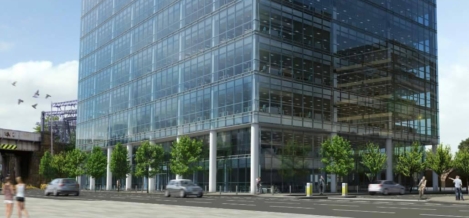
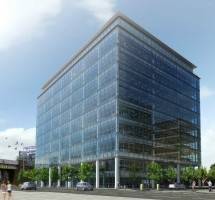


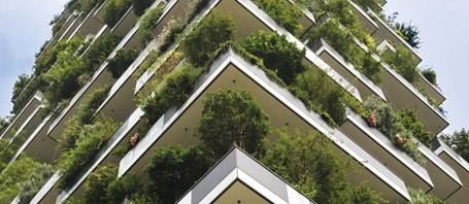
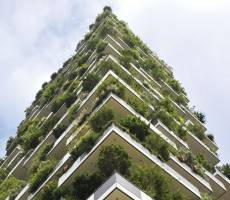

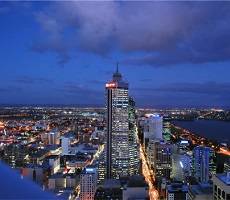








March 31, 2016
Government needs to wise up to the Fourth Industrial Revolution 0
by Mark Eltringham • Comment, Property, Public Sector, Technology
(more…)